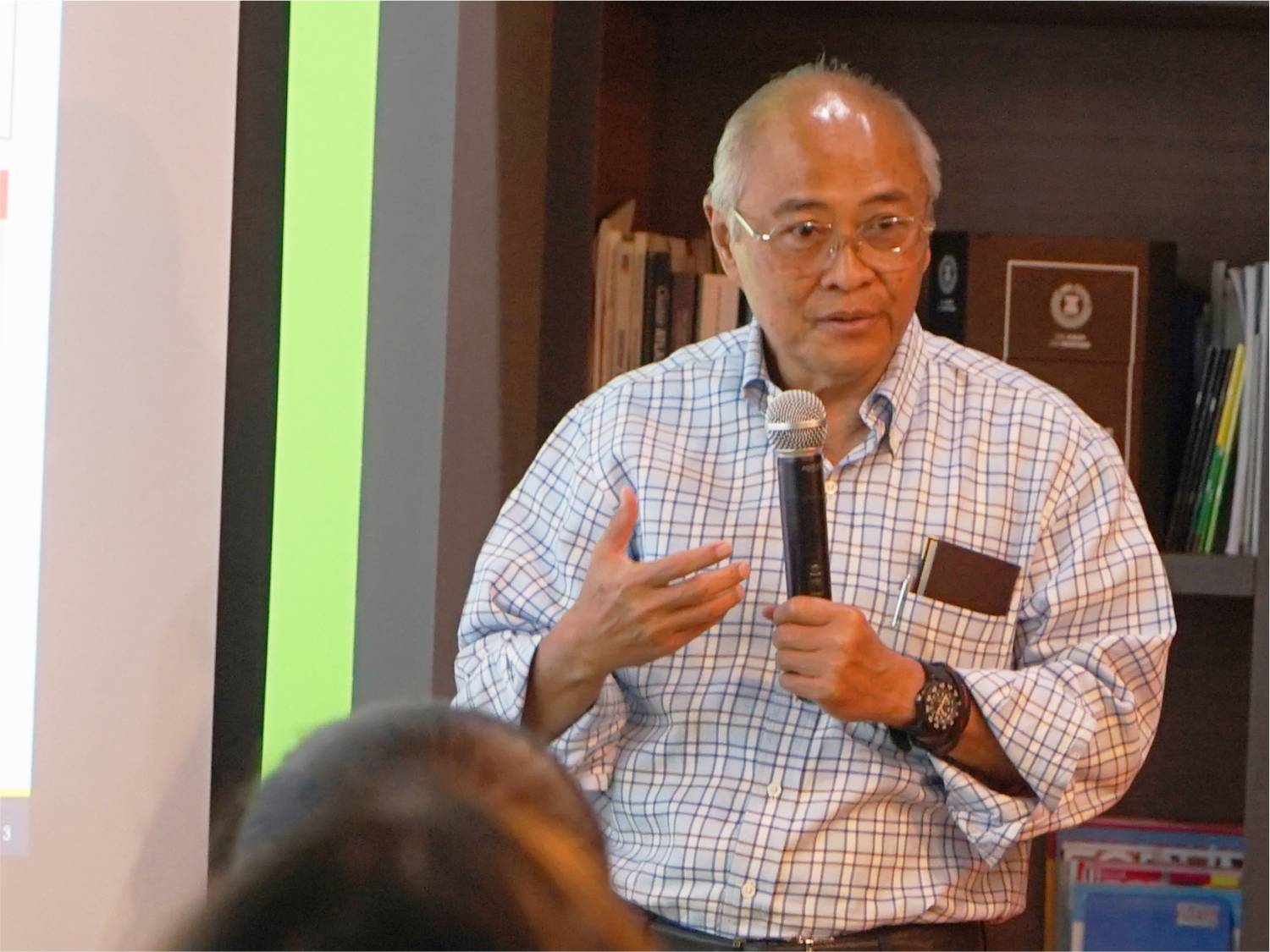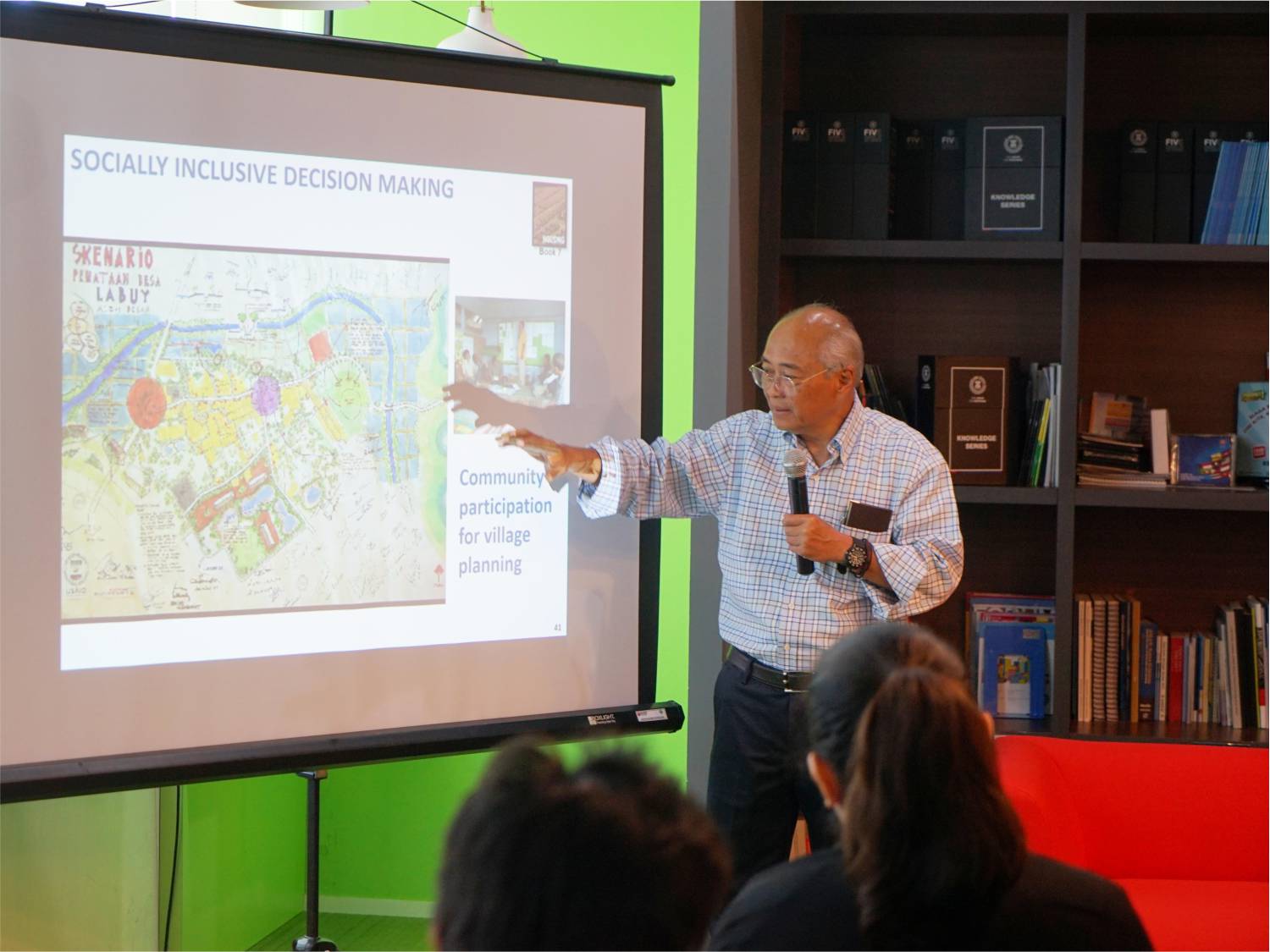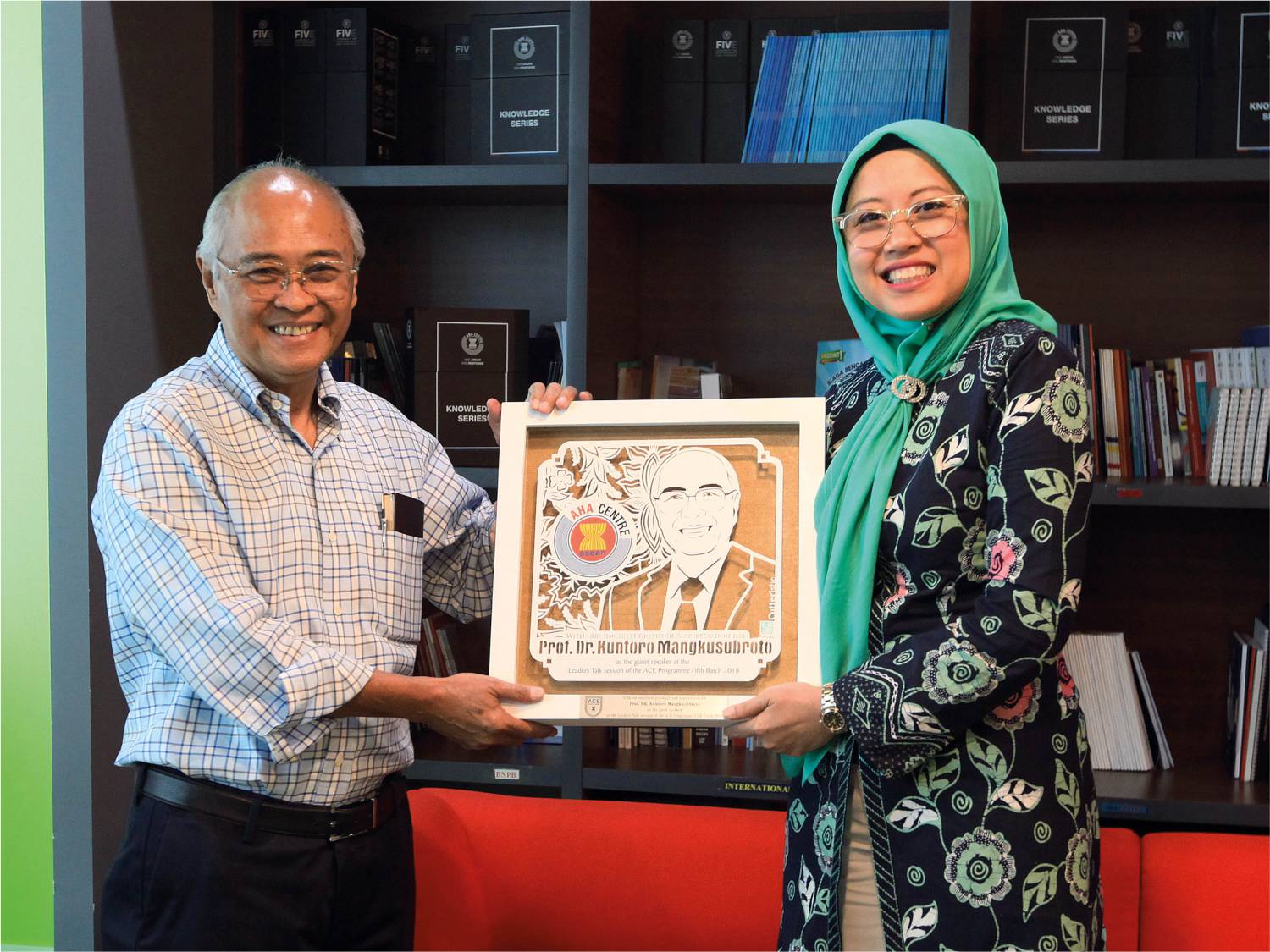
PROF. DR. KUNTORO MANGKUSUBROTO
Prof. Dr. Kuntoro Mangkusubroto is one of Indonesia’s and ASEAN’s leading figures on disaster recovery and reconstruction. With a deep background forged through a variety of governance and private business roles focused towards energy and natural resources, Dr. Mangkusubroto is also the founder of the School of Business and Management of the Bandung Institute of Technology (ITB). His leadership as the head of the Aceh-Nias Rehabilitation and Reconstruction Agency from in 2005-2009 – which saw him oversee post-tsunami reconstruction and utilisation of local and international assistance to rebuild the shattered region – elevated Dr. Mangkusubroto to become one of the region’s most renowned leaders in disaster management.
Dr. Mangkusubroto’s success leading post-tsunami reconstruction efforts has seen him become a go-to resource in other ASEAN disaster response and recovery efforts – being invited to engage in disasters across ASEAN Member States including Myanmar and the Philippines, as well as international efforts in Nepal and Japan. During 2018’s AHA Centre Executive (ACE) Programme’s Leaders Talk series, participants had the opportunity to learn about the key concepts and integral elements of strong leadership in disaster recovery from Dr. Mangkusubroto himself. Central to Dr. Mangkusubroto’s message was the importance of trust and integrity of ASEAN leaders in disaster management and coordination.
To gain this trust, Dr. Mangkusubroto says, leaders must be able to approach key players and parties to ensure efficiency in logistics and other disaster management processes. He emphasises that knowing who to approach and what to say is key to overcoming the variety of obstacles that can arise during a disaster response. It is through these approaches and the conveying of succinct and clear information that shows one’s integrity, and with this integrity the trust is then strengthened. Dr. Mangkusubroto also highlights the importance of understanding specific contexts and cultures of communities across the region, and that leaders must be prepared to recognise and, importantly, overcome issues for better results for the people as a whole.
“As a leader, people will come to you continuously – they may be angry, sad or unstable due to their losses”, he said. “Just let them release, listen to them, and just give them your sympathy, as once you’ve finished your work, they’ll realise you are serious.” .
To gain this trust, Dr. Mangkusubroto says that leaders must be able to approach key players and parties to ensure efficiency in logistics and other disaster processes. He emphasises that knowing who to approach and what to say is key to overcoming the variety of obstacles that can arise during a disaster response. It is through these approaches and the conveying of succinct and clear information that shows ones integrity, and with this integrity the trust is then strengthened. Mr. Mangkusubroto also highlights the importance of understanding specific contexts and cultures of communities across the region, and that leaders must be prepared to recognise and, importantly, overcome issues for better results for the people as a whole.
Recalling the experiences from the huge reconstruction efforts after the Indian Ocean Tsunami in Aceh, Dr. Mangkusubroto highlights the importance of remaining calm and focused during the midst of high emotions and traumatised communities. “As a leader, people will come to you continuously – they may be angry, sad or unstable due to their losses”, he said. “Just let them release, listen to them, and just give them your sympathy, as once you’ve finished your work, they’ll realise you are serious”. These are just some of the challenges faced by disaster managers and leaders in the field, and overcoming these calmly and reasonably are a big part of what regional leaders must aim to achieve.
After discussions on a range of contexts and experiences faced by leaders in disaster management, Dr. Mangkusubroto concludes on the key elements of efficient and effective disaster management leaders – particularly when in the field in the period after large disasters strike. He emphasises the importance of coordination and communication, whether with governments, local and international responders, logistics providers and the affected communities themselves. He highlights that all parties are there to help and support in their own way, and it is up to the leaders to ensure all parties come together to achieve the greatest results. Dr. Mangkusubroto insists that regardless of the mix of contexts, cultures or political influences at play, the best outcomes can and must be achieved for an effective and sustainable recovery and reconstruction phase. And this, he reminds us, is the key role of ASEAN leaders on disaster management.
Written by : William Shea | Photo : AHA Centre



